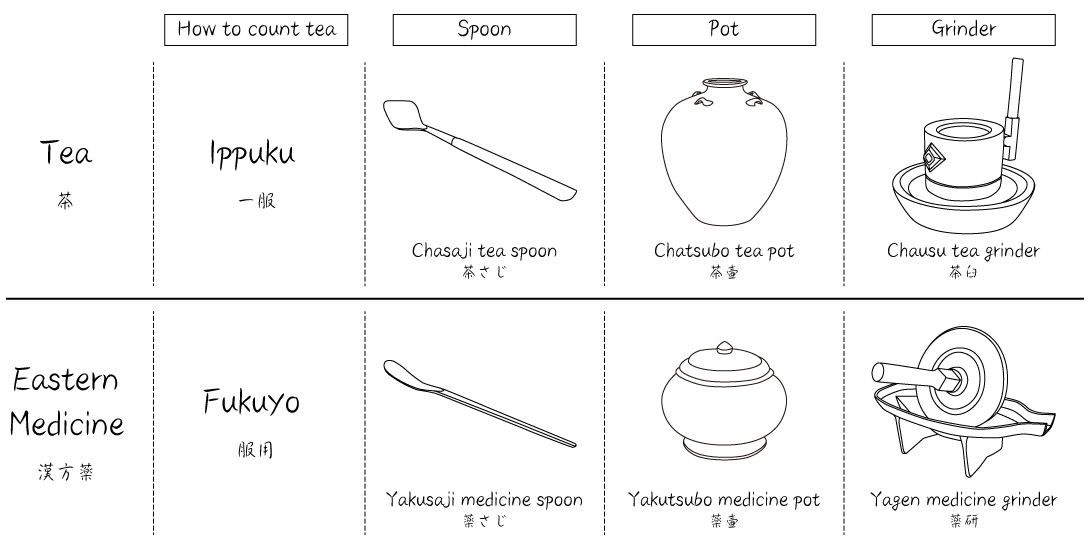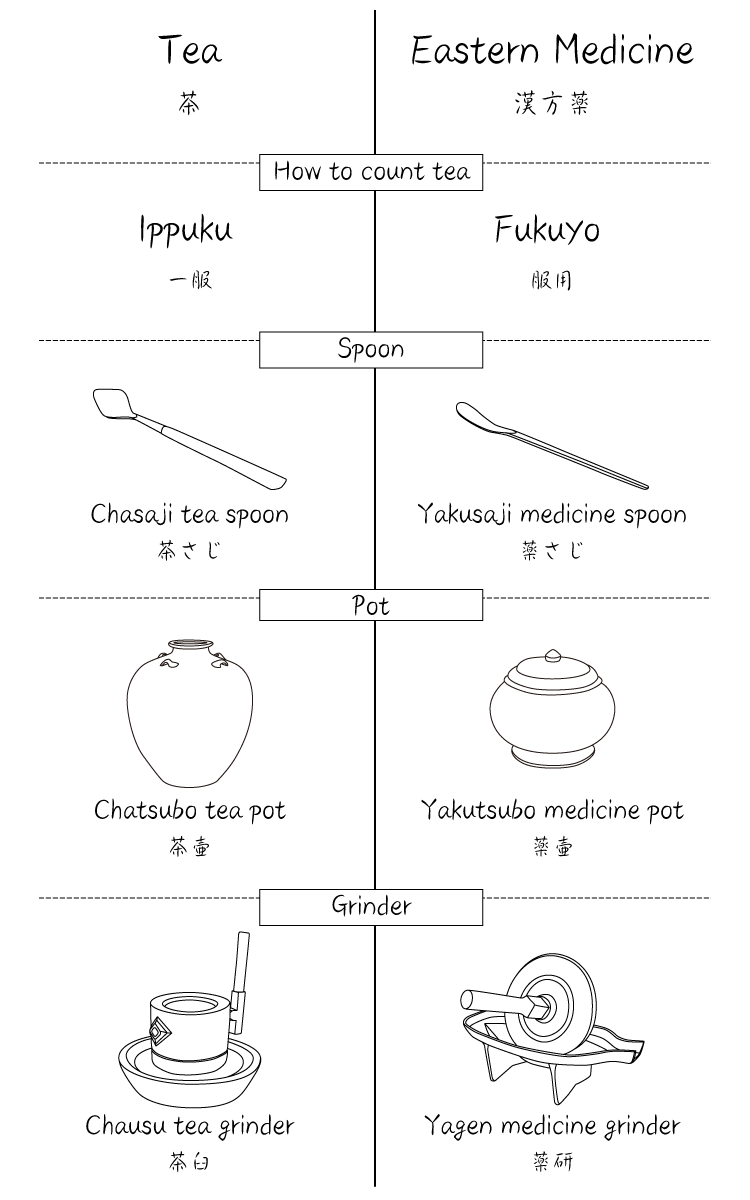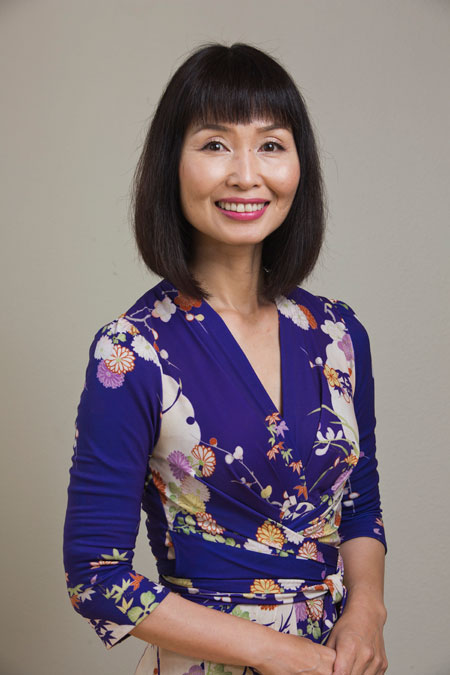Matcha : Gateway to Mindfulness
The origin of Matcha and the Japanese tea ceremony was brought from China to Japan by Eisai, a 12th century Zen master, as the precious medicine for health and arduous Zen practice. Tea was cherished among Zen monks as the wonder tonic to stay awake and energize them through endless Zazen meditations.
Since then, it has been loved and transcended into Matcha and tea ceremony, becoming a highly sophisticated, quintessential element of Japanese culture.
The Japanese tea ceremony is the human interaction of compassion, humility, and care - all of which emerge on the foundation of unshakable present-moment awareness. For example, the entrance to a tea room is purposely small, forcing guests to remove all swords and arms. This symbolizes that once you entered a tea room, there are no social states and everyone is treated with the highest attention and respect. It is a beautiful reflection of virtues from Zen and its modern descendent - mindfulness.
Zen and mindfulness share the same roots of Buddhism philosophy, and lately mindfulness has been gaining popularity due to its trans-religious accessibility. For example, one can belong to any religion and still practice mindfulness. Global corporations such as Google, Sales Force, and Ford Motors are adopting mindfulness training for employee wellbeing and leadership.
Mindfulness is “the awareness that emerges from paying attention intentionally to the present moment without judgement” (by Dr. Jon Kabat-Zinn, prominent researcher and founder of Center for Mindfulness, Massachusetts Medical School), and scientific research has associated mindfulness with enhanced concentration, empathy, and well-being. In short, mindfulness is the coexisting state of present-moment concentration and relaxation that leads to a fulfilling life through its many cognitive and health benefits. The Japanese tea ceremony is a wonderful process to cultivate and enjoy mindfulness.
It’s not only the tea ceremony, but Matcha also supports mindfulness powerfully and deliciously. Two of the key chemical components of Matcha - caffeine and theanine – stimulate alertness and relaxation, respectively. This is the unique feature of Matcha: coffee and the most of tea contain only caffeine but not theanine. By enjoying delicious, high-quality Matcha, one can be both alert and relaxed at the same time, thus supporting a state of mindfulness.
High-quality Matcha itself is the product of mindful care. Being more delicate and labor intensive than any other tea, any attempt at cutting corners in producing Matcha often results in bitterness in taste along with associated degradation in texture and appearance. When someone enjoys a vibrant, tasty, and smooth Matcha such as Nishio Matcha, they are drinking a product that originated from many mindful hands. Nishio is among only a handful of Japanese cities which specialize in farming and processing high-quality Matcha with relentless care and dedication of local people.
Many of us with today’s busy lives could benefit to pause, prepare, and savor a cup of Matcha - it cultivates wellbeing and helps enrich life through mindfulness. Nishio Matcha will be a healthy, delicious companion for your mindful moments.












